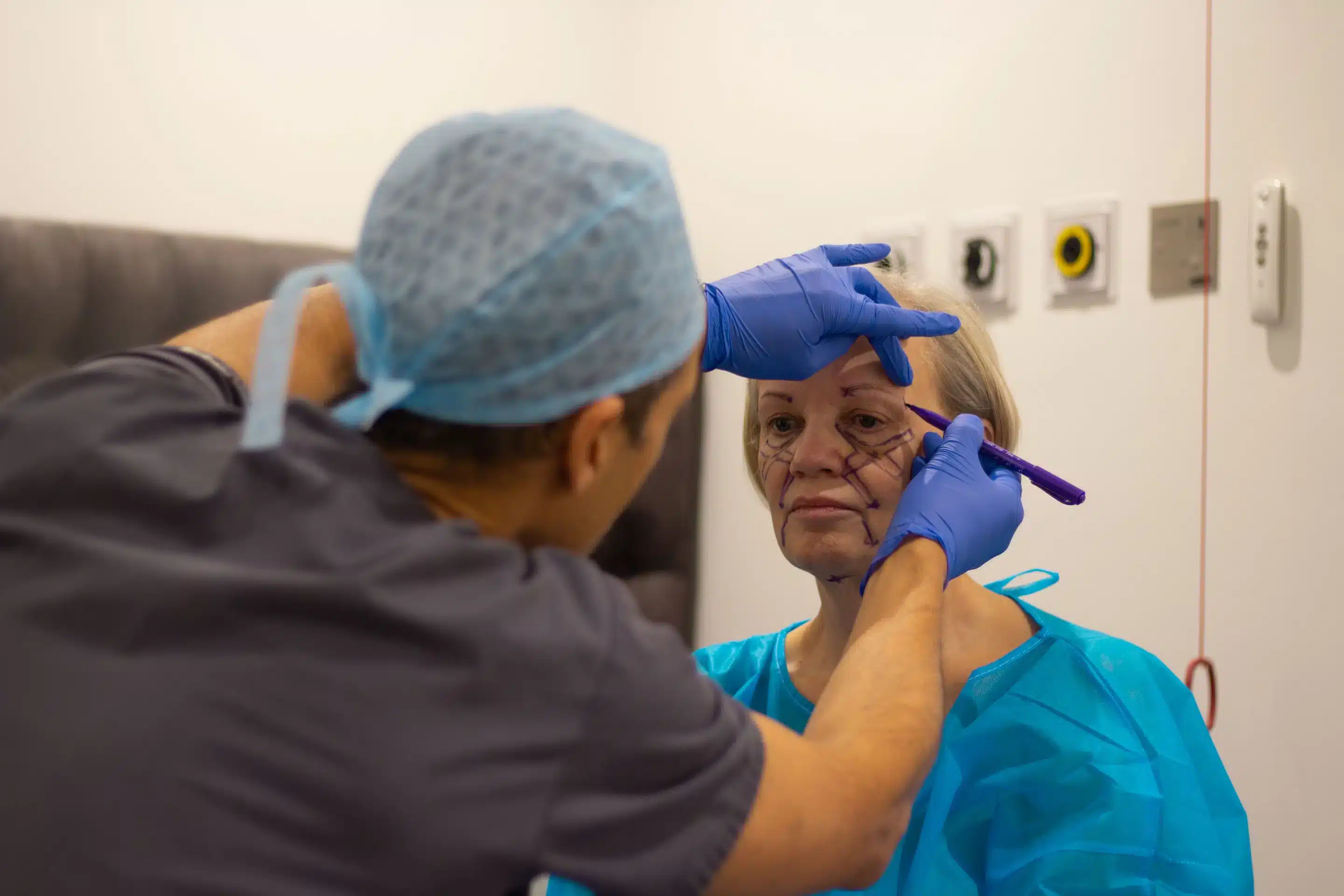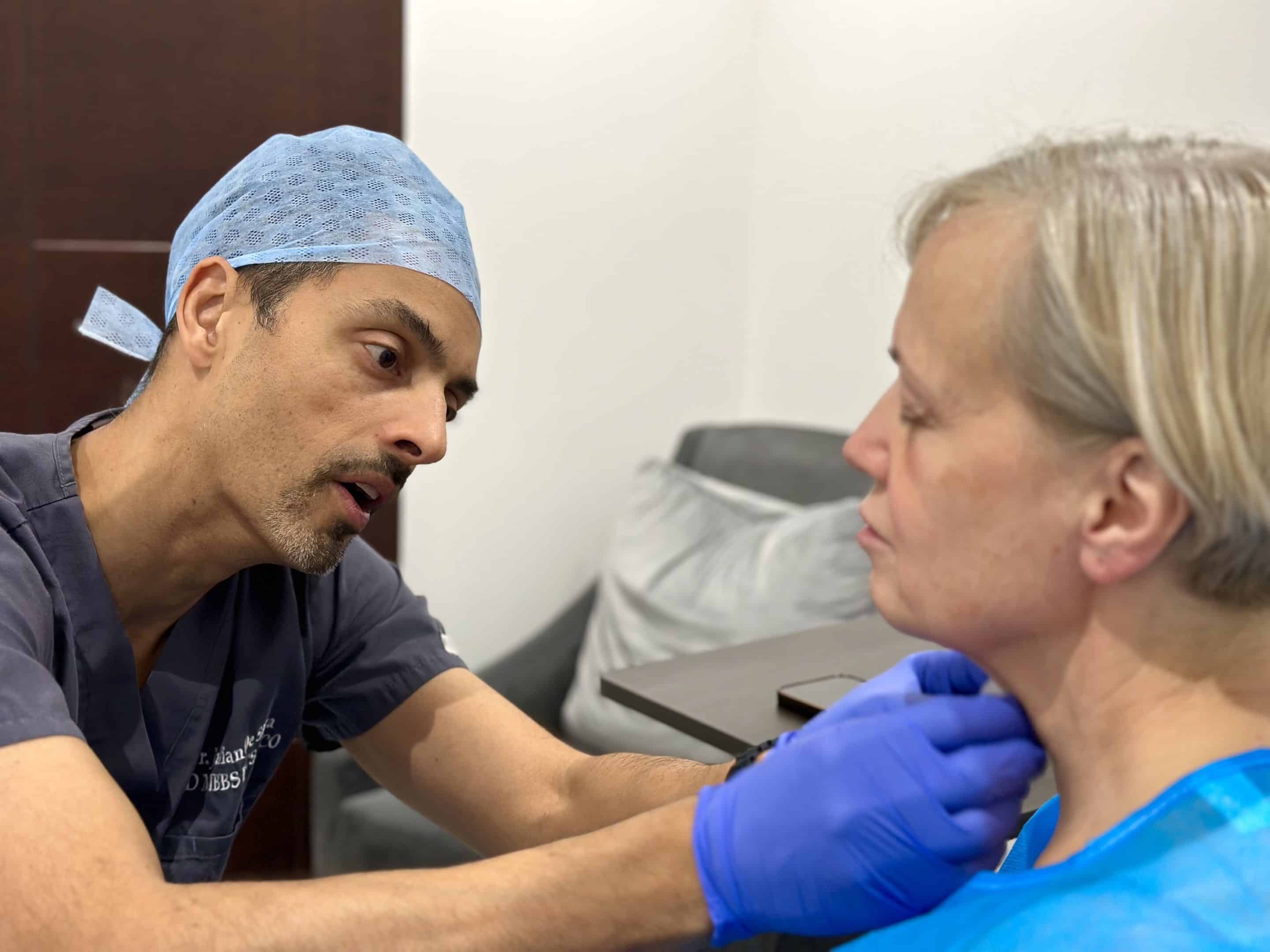Increasingly, individuals seeking to rejuvenate their appearance have been inquiring about minimally invasive rejuvenation therapies, a set of techniques collectively known as a “non-surgical facelift.” Lauded as a way to reap the benefits of cosmetic work without having to endure the recovery time associated with surgery, the non-surgical facelift is an option for those who want a visible boost, but are not ready for a more extensive procedure.
What Is A Non-Surgical Facelift?
A non-surgical facelift can include volume enhancers, smoothing, resurfacing and tightening treatments. To combat volume loss and skin laxity, dermal fillers, such as Juvaderm, Sculptra, Restylane and Radiesse, are commonly injected into sunken areas of the face–often the cheeks–to restore youthful plumpness. To smooth out lines and deep creases, a wrinkle thinning agent such as Botulinum toxin, also known as botox, can be used to soften the formation of wrinkles, this be injected into the skin. In the UK this treatment requires a medical prescription and should be only administered by trained doctors or nurse subscribers. anti-wrinkle treatment temporarily relaxes muscle movement, thereby smoothing wrinkles associated with facial expressions. Laser resurfacing can prompt collagen production and tighten the skin.
One great advantage of many minimally and non-invasive techniques is that they are typically painless, can be performed quickly and can yield results can be immediately visible. A treatment can be done on a lunch hour and the patient can resume normal activities without a break in their daily routine. With no incisions and sutures involved in the procedures, there is no drawn out recovery time or need for post-surgical pain management. Dr De Silva utilizes non-needle techniques with the latest technology to minimize the chance of bruising from these treatments compared to traditional treatments. Without bruising most patients there can be no signs a patient has undergone treatment.
So how does the non-surgical facelift stack up against a traditional facelift? Both approaches have their pros and cons. Non-surgical facelift treatments can be highly effective on skin that shows early signs of ageing. Therefore, the best candidate is generally younger and has skin that still has some elasticity. A non-surgical facelift cannot counteract note able skin laxity and more advanced signs of ageing. While the results of a non-surgical facelift can be long-lasting, they will not be as enduring as a traditional surgical facelift. Typically non-surgical techniques can last from 6 months to over a year, depending on the type of treatment. Though a surgical procedure involves more time and carries some risks, the positive outcome of a facelift can last for many years.
While a non-surgical facelift will not address severe sagging in the face and neck and jowls, the techniques can be transformative on patients who younger, particularly those in their 30s and 40s. For those who would like to avoid surgery and downtime, the non-surgical facelift is an excellent option. Not all the treatments used in non-surgical facelifts are appropriate for every individual, so it is essential to have a comprehensive consultation so that the results can be optimized.
Your Non-Surgical Facelift Consultation
Because the non-surgical facelift is a single therapy, your skin needs to be evaluated in order to identify the combination of treatments that will be most effective for you. The aim is to achieve natural-looking results in the most efficient manner. A customized plan will be recommended based on the overall condition of your skin, the areas of concern, and other factors specific to your case.





